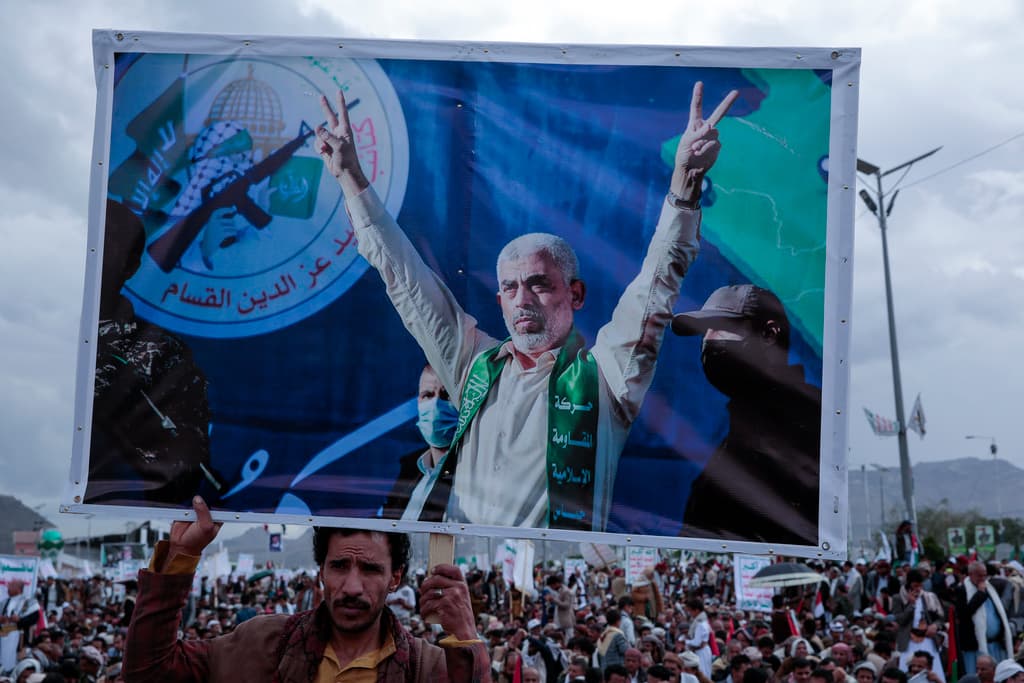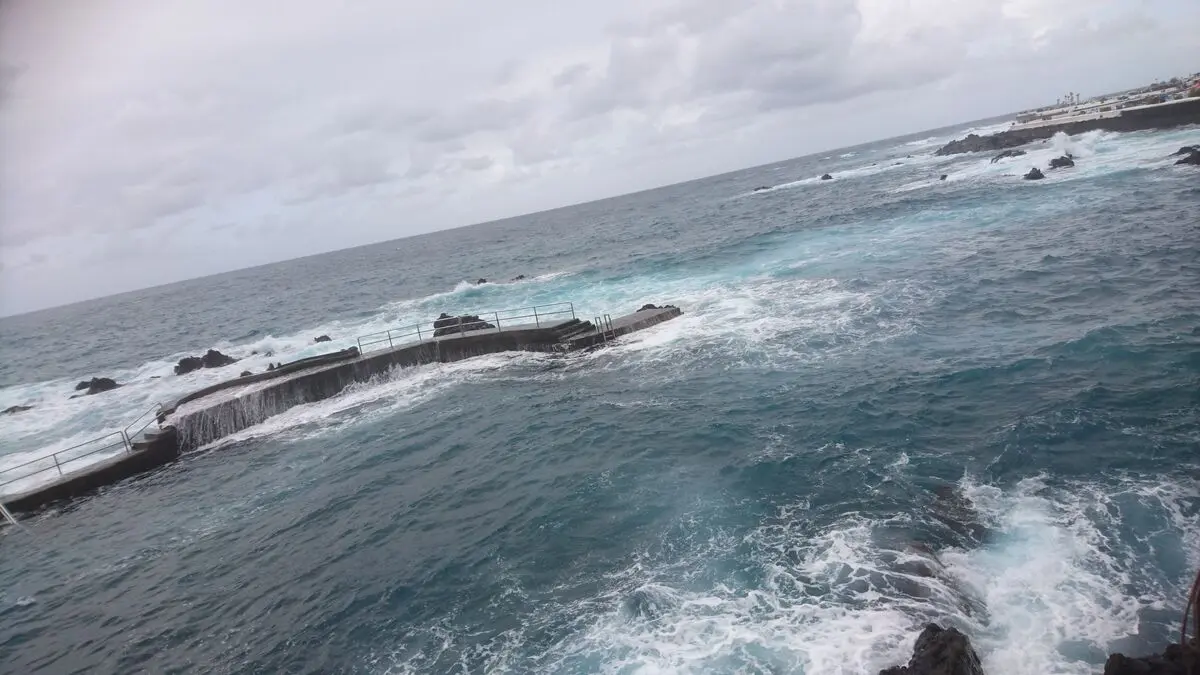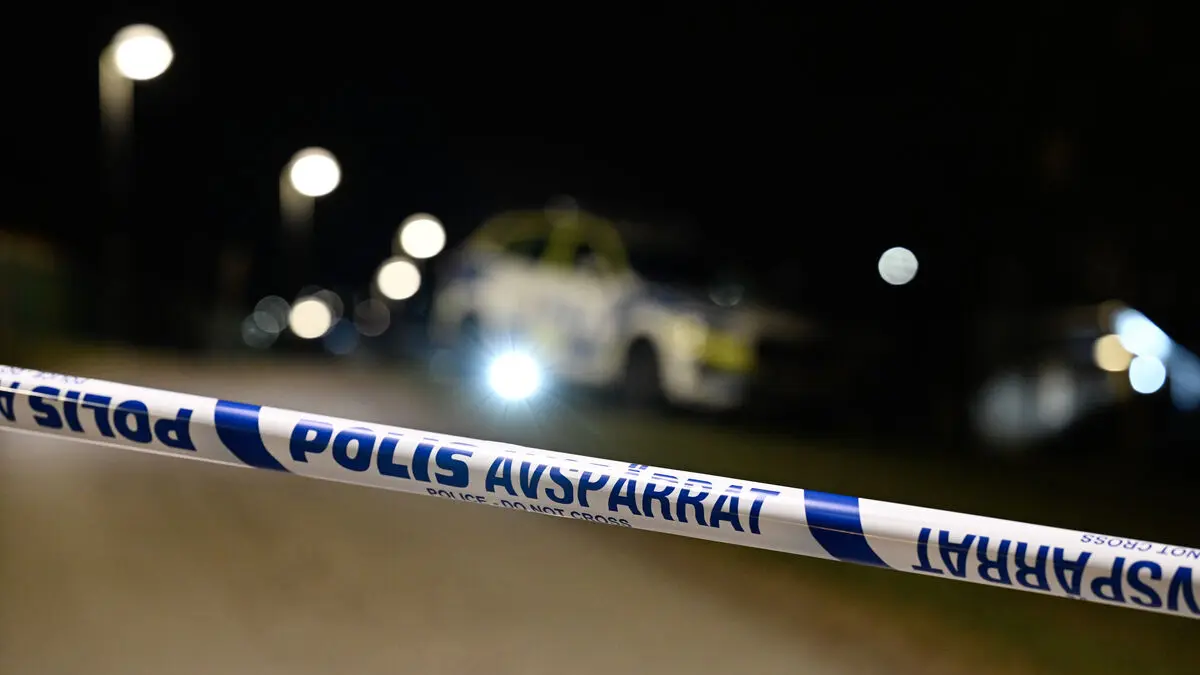Yahya Sinwar, the mastermind behind the terrorist attack on Israel on October 7, took over as military leader in Gaza in 2017. Since then, the political leadership has gradually been minimized in the organization and the more militarily oriented forces have taken over.
It has always been up to him in the negotiations on Hamas' side, says terror researcher Magnus Ranstorp, who has written a book about the movement.
With Sinwar as political leader, Hamas strengthens its ties to Iran and the resistance axis led by Iran: Hezbollah in Lebanon, the Houthi militia in Yemen, and the Shia militia in Iraq, according to Ranstorp. Sinwar's leadership will also make it more difficult for Palestinian political groups and Israel to cooperate after the war, according to Ranstorp.
He represents October 7, it is him that Israel is looking for in the tunnel systems, he says.
Hamas would like to have a ceasefire, but every time it is mentioned, Israel naturally wants something in return.
Ceasefire?
According to US Secretary of State Antony Blinken, the responsibility for accepting a ceasefire in Gaza now rests with Sinwar.
I think he means that Hamas must release the hostages. But Sinwar will never release the hostages unless Israel releases the over 5,000 Palestinians being held prisoner. It's a catch-22.
For Israel, it's not just about Hamas and the hostages anymore, according to Ranstorp. It's about the threat from Iran and the resistance axis.
You miss the bigger picture if you only look at Israel and Hamas. This is now also about Iran and Hezbollah. Israel is threatened from several directions and that must be remembered when discussing how Israel positions itself against Hamas.
Remains Popular
Hamas is governed by four power centers: the leadership in Gaza, the leadership on the West Bank, the diaspora in the rest of the world, and Hamas in prisons.
Despite the suffering Hamas has caused in Gaza, the movement has maintained high popularity there and on the West Bank, according to opinion polls from Palestinian organizations.
After the attack in October, many are supporting Hamas, according to Ranstorp. The organization has since the 1960s "spread its tentacles throughout society" and young people are "marinated" in Hamas ideology, he says.
Sinwar became an immediate leader for Hamas during his time in prison.
He is willing to sacrifice civilian Palestinians to make Israel react and damage its international reputation, that's part of his calculation, says Ranstorp.
Built up the internal security forces within Hamas (Majd) in the 1980s, which hunt for Palestinians who collaborate with Israel and punish them, as well as targeting homosexuality, extramarital relationships, and more.
Known as "the butcher" for killing Palestinians with knives and being ruthless. In 1989, he admits to having killed twelve Palestinians and is convicted.
Sits in an Israeli prison for 22 years. There, he learns Hebrew and sees himself as a great expert on Israeli strategic thinking.
Becomes an immediate leader in prison, known for his brutality.
Returns to Gaza in a prisoner exchange in 2011. Sees the opportunity to use kidnappings of Israelis as leverage to free imprisoned Palestinians.
After losses against Israel in 2012 and 2014, he, along with military forces within Hamas, takes over more and more. He is elected leader in Gaza in 2017.
Now, Sinwar is deep inside Hamas' tunnel system and communicates only through trusted couriers.
Source: Terror researcher Magnus Ranstorp





